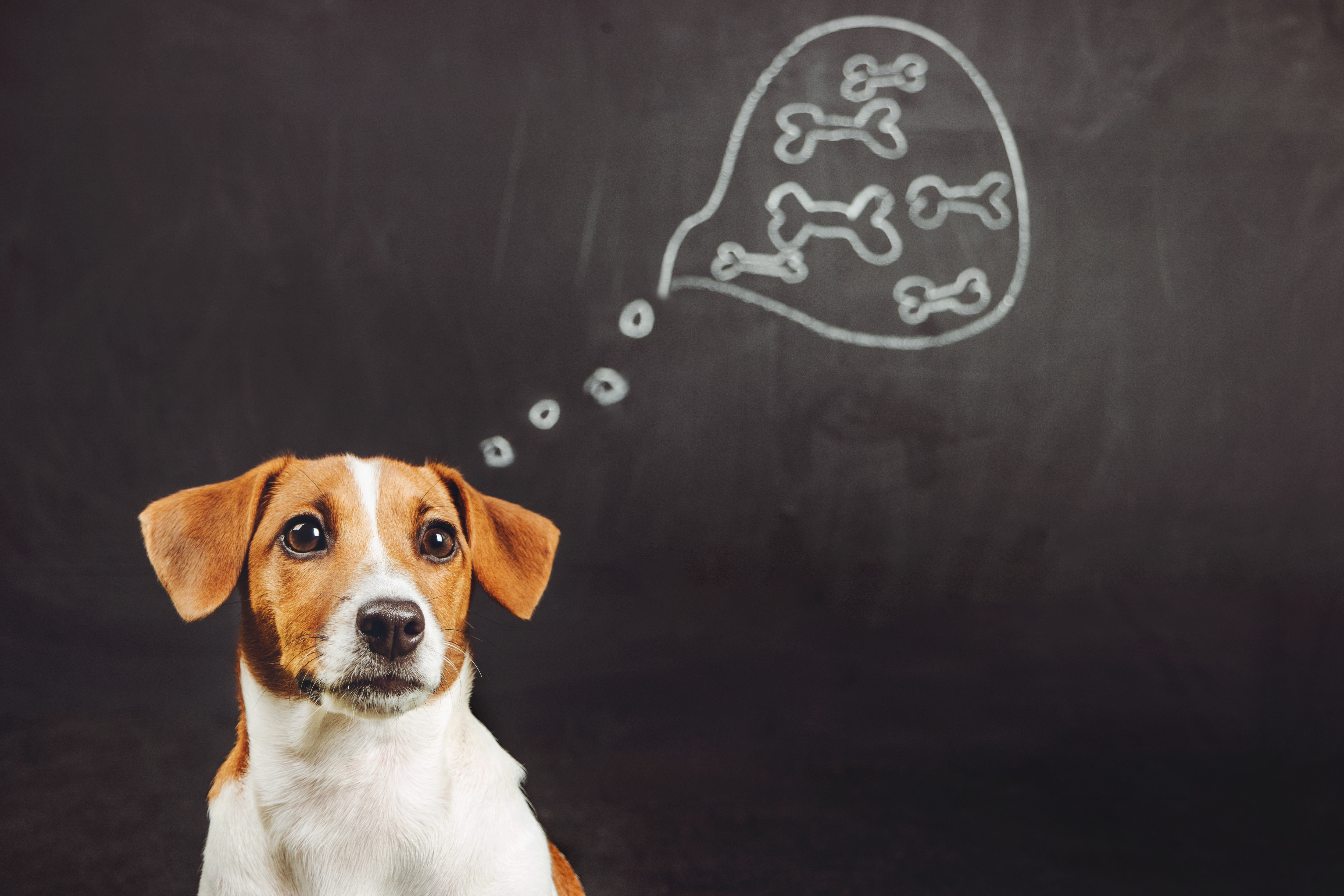How To Understand Your Dog’s Thoughts
What is My Dog Thinking?
We all know dogs are man’s best friends, but our relationship with them would sometimes be a lot easier if they could talk just like humans do. Having a dog is often about guessing what he wants, what he needs and what he’s telling you. And boy, do dogs have a lot to say!
This guessing game doesn’t always come easy, especially with certain types of dogs, new pets in the family or if you just adopted one for the first time and aren’t yet used to his language. It can be quite nerve-wracking, wanting to make sure your dog is feeling well and understood when you don’t know where to start. Don’t worry, we’re here to help.
Here are a few easy tips on how to understand what your dog thinks. These will improve you and your dog’s lives as well as your communication, and really help you both enjoy a harmonious relationship.
Tips To Understand Your Dog’s Thoughts
TIP ONE: Dogs’ Physicality
One of the most obvious ways a dog will communicate with you is through physical signs. Dogs are really expressive, and they won’t hesitate to let you know exactly what they want: it’s just about figuring out the clues. Be careful of how your dog moves: the way he acts around you is telling of his intent. There are universal signs in dog language, and knowing them will help you understand your dog’s mood very quickly.
Dogs will try to make things simple for the two of you: if your dog is running around the kitchen and his food bowl, that definitely shows he’s hungry. If he’s jumping up and down near the glass door to your garden, you can take an easy guess and know he wants to go out! It isn’t sorcery: those signs are quite simple to pick up on, and just need you to be mindful of your dog and the way he navigates your home.
A dog’s wag is always adorable, but few dogs do that just for show. By wagging his tail high, your dog is telling you he’s happy and having a good time, so keep doing what you’ve been doing. If the tail wagging is done in a low position (think of having his tail between his legs), it can mean the opposite. When you notice tense eyes and a low tail, your dog might be worried or even feeling ill.
Just like humans, dogs also use their faces to convey emotions! Your dog’s eyes are reflections of his soul, and if he avoids looking at you, it’s probably that you shouldn’t get near whatever he’s guarding. He may have done something bad, or he may be trying to attack you. Try to understand why he’s tense and go from there.
The ears, just like the tail, are excellent indicator of a dog’s mood. If you and your dog are on a walk and his ears perk up, he’s alert and has noticed something that deserves his attention. On the other hand, if his ears are flat against his face, something has your dog feeling scared.
TIP TWO: Dogs’ Vocabulary
Granted, dogs don’t have a vocabulary that you’re going to be fluent in. But they do talk, and use their voice just like we do. The dog understands your commands, and you should learn how to understand his barking: they’re not just noises that annoy the neighbors, they’re how he communicates with you. Few dogs bark for no reason, and with a little bit of context clues, you’ll understand the barking in no time.
You need to be attentive to the way your dog barks. If he is barking loudly and frantically, his ears are also probably up: it means he’s alert and trying to get animals and humans alike to become aware of the problem. If he’s yelping, he’s in pain. When the barking resembles a howling, your dog is lonely! Listen to what your dog is telling you, and you’ll realize he didn’t need human words to convey the message.
TIP THREE: Dogs’ Feelings
Everyone knows this: dogs have a big heart and aren’t afraid to show it. Dogs feel the same emotions that we do, and it’s very important for your dog to feel like those emotions are understood and acknowledged.
To have a better communication with your favorite little buddy, you need to make sure he knows he’s being taken care of and listened to. Animals have all sorts of needs, and emotional ones are a big part of their well-being. If your dog protects you, cuddles, barks at you or follows you around, it’s important to react to these ways of expressing his feelings accordingly. Don’t ignore your dog, accept his emotional behaviors and let him know you are aware of them.
Knowing what’s usual for your pet and what isn’t (such as eating habits) is an essential part of keeping your dog healthy. A solid grasp on your dog’s routine will make sure you know what’s normal and what’s not, and that you’ll then be able to fix eventual problems. This goes for his emotional side too!
Dogs need to know they’re appreciated, loved and cared for. They are very smart animals, and they react to their caregivers’ emotions more than other animals would. If you’re feeling extremely sad, it will be natural for your dog to try and comfort you. He might end up sad as well, just because you are!
Be careful of the way you express your feelings around him: for example, anger could cause him severe distress if not handled properly, but a huge smile, a hug and a treat will guarantee his love and happiness.
Conclusion
In short, it’s important to remember that dogs are devoted, affectionate and emotional animals. To understand what they think and feel, just like any other human, paying attention to details and treating them well is the key. If you love your little best friend, it won’t be hard at all to have an excellent communication. Soon enough, you’ll be so close you’ll be reading his mind in no time.

